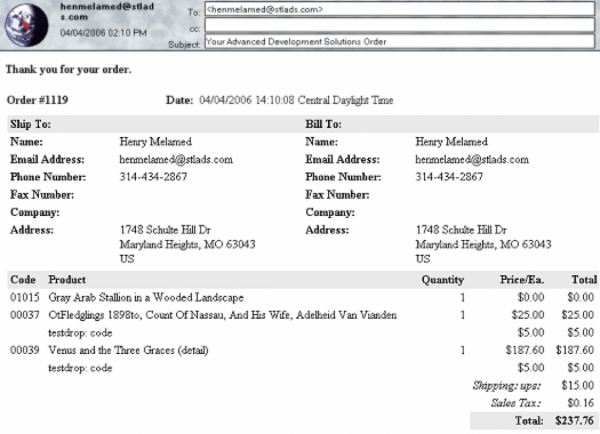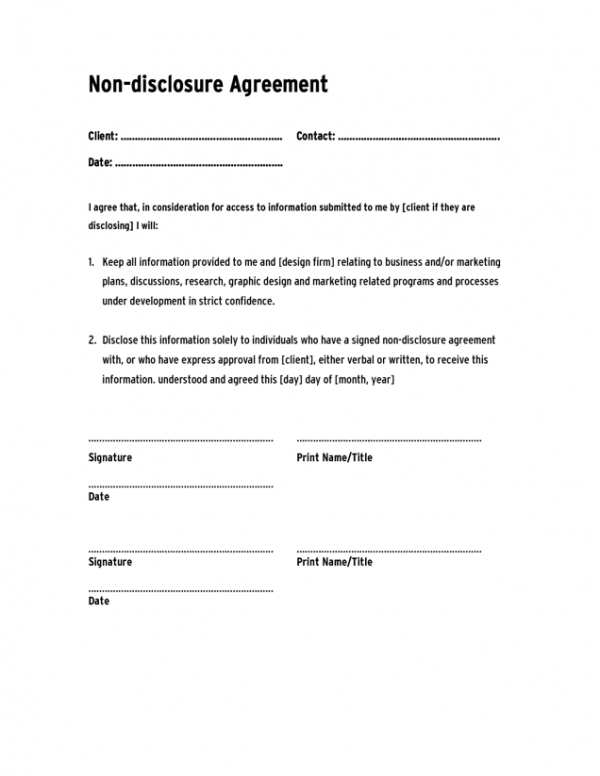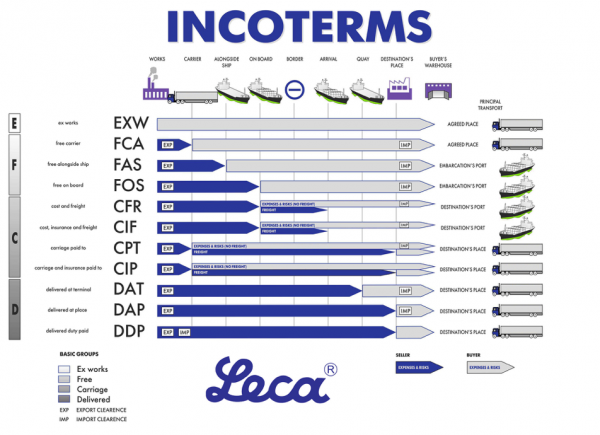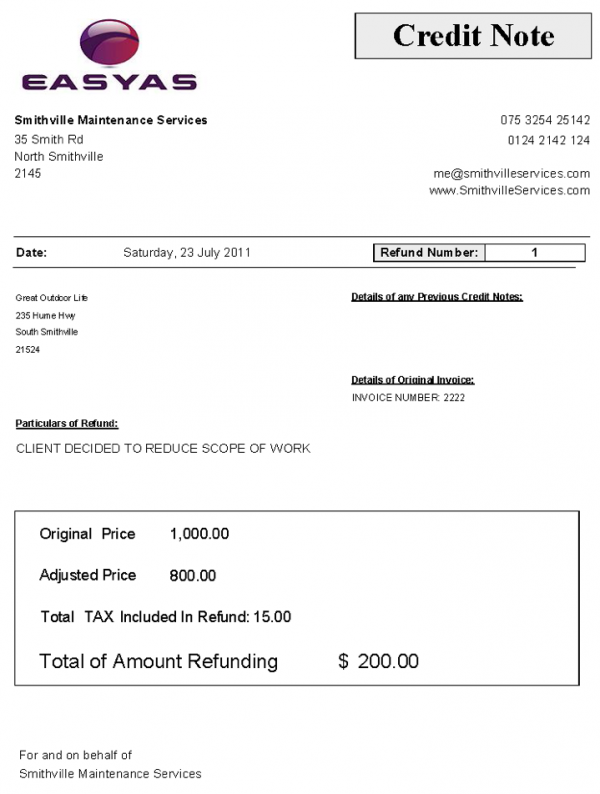05 Dec HARSEST – Terms and Conditions
1. Terms and Conditions
2. What should be included in the Terms and Conditions?
Conditions and Terms label essential brand quantities (MOQ, Minimum Order Quantity), conditions of the payments and sales are necessary documents to avoid conflicts for foreign B2B sales. It also increases the brand value by making the business transactions more professional. Following tips on how to write the Conditions and Terms will be given in this report.
Terms and Conditions

Terms and Conditions are the basic asset to create foreign sales order. It consists of catalogs such as company’s cover letter, look book, line sheet with order form, and price list to place an order. In most cases it is usually inserted in a file as an order form or it is created as a separate PDF file and delivered by the brand to a retailer.
In most cases companies do not sign the agreement, however, in some cases they do, when there is a large minimum order quantity (MOQ) or transaction amount. The statement for agreeing to the Terms and Conditions is usually included together with the order form.
It is better to write the Terms and Conditions in a standard format so that the brands will be able to negotiate even if the retailer’s orders fail to satisfy the MOQ.
In addition, the purpose of the Terms and Conditions is to differentiate terminology. It also must include the essential contents for retailer as the buyer to place an order. The Agreement differs per brand; however, the following sections are determined by the general Terms and Conditions of the fashion industry:
-
Method to place an order
-
MOQ
-
Payment
-
Delivery
-
Return policy
-
Cancellations
-
Customs
-
Pricing
-
Distribution channels
-
Force Majeure
Terms and Conditions (are also referred to as the Trading Terms or Retailing Conditions) define the essential components listed above from the moment of placing order to the time when retailer receives the product.
The details of each essential element are given below.
What should be included in the Terms and Conditions?
A. Method to place an order
The most essential information is how to receive orders from retailers and how to confirm orders sent by retailers. The final order is often delivered by telephone, email, online B2B website or fax. Brand confirms an order within a specified period (usually 30 days) after receiving the order. The brand sends order confirmation to the retailer as a PDF file under the name of the Proforma Invoice, or order confirmation. In the file, it lists the items that can be delivered and the payment amount. The reason why there is a minimum period to confirm the order is that it takes up to 30 days to place an order to the manufacturer to add to the production line after the pre-order season for domestic and International sales. Also, there may be situations when it is necessary to drop production or the order does not meet the minimum production quantity.
TIP: In case if the product is unavailable, retailer needs to be notified and offered a similar product. This way the volume of the initial order will not be affected.

Example of order confirmation (Source: Google)
B. MOQ
When the brand receives an order from the retailer, the most important part is the minimum order quantity (MOQ). It is necessary to specify the minimum order amount to be sold to the retailer, usually defined by piece (PC) or the entire price. It depends on the size and perception of the brand. Usually it is 50 to 100 PCs and the total amount of orders adds up to 3000 USD. It is entirely up to the brand itself; a large brand can raise the MOQ to sell only to professional retailers. When it comes to new brands, they can decrease MOQ to gain more foreign retailers. As retailers invest more money, brands get the chance to focus more on sales. New brands are able to grow by Increasing the MOQ to retailers in order to support themselves.
TIP:
Many young brands do not find MOQ necessary to increase profit. The brand without MOQ can appear to be a lack of confidence or not selling well. The MOQ must be included in the Terms and Conditions even though it is negotiable to be sold without MOQ. In addition, a retailer who has placed an order without reaching MOQ is requested to keep information confidential or to write a Non-Disclosure Agreement (NDA). The brand itself must not include the fact that they do not require MOQ. For instance, brands could tell retailers that they are not able to receive an order below 100PCs; however, since it is the first order, it is possible. Make sure to tell retailers to keep the MOQ in the following order. Otherwise, retailers will stay on a small number of orders each season, which may hinder brand growth. Specifically speaking, when a new brand enters the market to receive a new order, there is no MOQ. In the end, it could be a deal breaker due to receiving an order without MOQ in the field.
 C. Payment
C. Payment
The payment section indicates payment method for the order. The methods are usually wire-transfer, credit card or PayPal. When credit card or PayPal are used as the payment method, 3% service charges are included. The fee is usually 3% and can be raised to 5% depending on the brand. Since there is a surcharge for other options, wire transfer is preferred. There are several payment methods, but the most common ones are as follows:
- 30% on order confirmation, 70% before delivery: it is the most common and safest method for the brand. The retailer receives an order confirmation and pays for the 30 percent of the total order amount within 1-2 weeks. The remaining amount will be paid before the brand delivers the product.
- 50% before delivery, 50% after delivery: this condition is held with trusted retailers; 50 percent of the payment prior to delivery, and 30 days after delivery to get the remaining 50%. It is held with a retailer who worked with the brand for more than a few seasons.
- 30 days net: 30 days of credit is given. The retailer has up to 30 days after delivery. It is usually held by big retailers or clearance enterprises. Some shops in Europe offer 60 days net to the brands. It is a risky offer.
- Consignment: unless a big brand is working with a distributor, this method should be reconsidered. Especially in terms of the countries that have not signed an FTA with Korea due to complicated procedures with the shipping cost and customs. Brands are able to tie it down to as low as 50 or 100 PCs, to get monthly payments, and reduce risk and create distribution channels.
TIP: A brand that wants to explore new overseas markets sets the initial order amount as 30% on order confirmation and 70% upon delievery if the order volume is not big. It is possible to set it upto 30% for the retailers who are likely to order by requesting a security deposit. It is a way to increase the order volume by requesting order confirmation. In particular, if the brand has a large product line and already stable in the domestic market, they can use this method through a channel that can process the product even if the order received is canceled.
D. Delivery
Shipping is usually divided into FOB, Ex-Work, CIF, DDP, and FCA. If the retailer does not pick up the goods directly, the brand can use UPS, TNT and DHL services. The shipping fee is added into the invoice charged to retailer.
TIP: For the brand, EX-Work is the most advantageous option while the retailer prefers FOB. In some cases, there may be a margin of return on shipping charges through the contract with delivery companies to get as many discounts as possible.

E. Return Policy
The return policy section indicates the terms related to the return process. It also includes the possibility of modifications of the pre-ordered items from the previous season. The conditions for credit invoice is specified in the case of defective products or wrongly delivered items when it is reported within 10 days after the delivery.
TIP: Ask retailer to take pictures of defective items in the manufacturing process, and send them to the manufacturers so that they do not make the same errors later. Do not let the distribution of the defective item create a bad image of the brand by requesting retailer to send the pictures after destroying the item.
 F. Cancellation
F. Cancellation
The order cancellation section indicates the period to cancel the order and the contents about the cancellation after the order confirmation. Usually, the initial order can be canceled under any condition within one month. Cancellations after order confirmation should normally be able to cover the actual production costs by imposing a penalty of 30%. Choosing 30% on order confirmation in the payment section is safe for the brand since they can receive 30% of the payment as a penalty as long as the retailer puts on the cancellation after the order confirmation.
TIP: When canceling an order make sure to study the reason. It is also important to always communicate with retailers who cancel the order to create an opportunity for the subsequent business.
G. Customs
A country that has signed an FTA with Korea may not cause a problem, however, when items are delivered and enter the country tariffs and other taxes are often imposed. The Terms and Conditions must indicate that retailers have to pay for the different taxes to minimize miscommunication.
TIP: For example, the amount of A-Tr documents required shipping goods to Turkey or the Saudi Arabian CAP that requires these documents may be expensive to process in Korea. Indicate the fact in the section to specify that it can be included in the invoice.
H. Pricing
Pricing is to inform the retailer of its recommended retail price (RRP) or to keep suggested retail price (SRP) in addition to keep its offer of the brand’s special sale period and for the fair competition with other retailers.
TIP: In terms of price, higher sales are more beneficial to the brand than lower sales. If the brand has a B2C page, update the product after delivery, remove any obstruction in the retailer’s business, and update it with the recommended price. When the brand does not have a B2C page, and the prices are updated by the retailers after delivery, contact the retailer directly if the prices have risen by 30% or more than the RRP. A new brand, for instance, only opens wholesale prices so that the retailer can set its own RRP so that it aligns with the brands the retailer is handling. Usually, in this case, the offer is between 2.3 and 3 times at wholesale prices to avoid a vast price difference.
I. Distribution Channels
The distribution channel prevents the retailer from damaging its brand image by selling to poor quality channels or to open markets such as eBay, Amazon, and Taobao. Without these provisions, the brand can be set up overseas and buy goods at a wholesale price and re-sell in Korea at 10% to 20% lower than the market price which creates the grey market.
J. Force Majeure
Force Majeure includes natural disaster, war, terror attack, strike, etc that is impossible to cover by brand so that they are not responsible for the delay.
Closing sentences:
I have identified the most essential aspects of the transaction condition documentations that are required as a basic resource for sales. In addition to the above-mentioned terms, two companies will automatically agree on terms and conditions of the transaction, and in case of problems, we will do our best to ensure that they can deal with it in a more relaxed manner.
Based on these factors, a trade condition statement optimized for the brand can be created, enabling a clearer trading relationship and more professional business environment. In some cases, a contract or a document can be easily seen as a piece of paper; however, it is necessary for the contract because it is basic to ensure the safety of each other.
British-Canadian poet and author Robert Service emphasized the importance of making a commitment to a company and said: “promise made is a debt unpaid”. In business terms and contracts, good relationships with partner companies should be maintained in a clear language to create a careful and transparent trust relationship.



No Comments